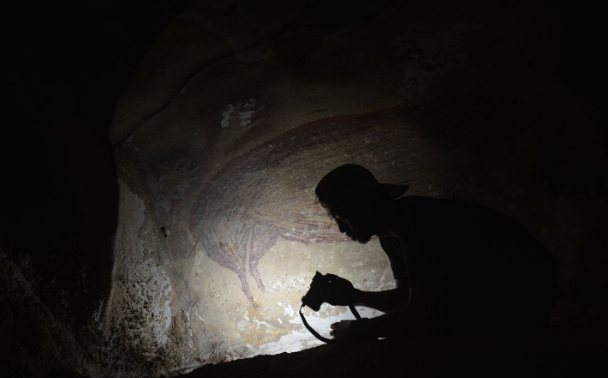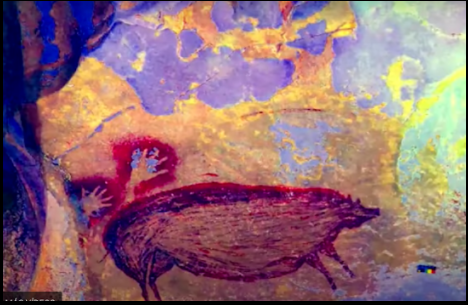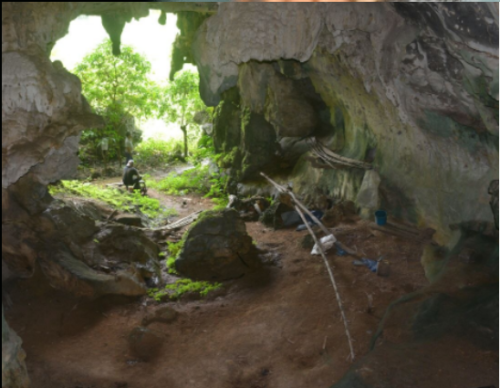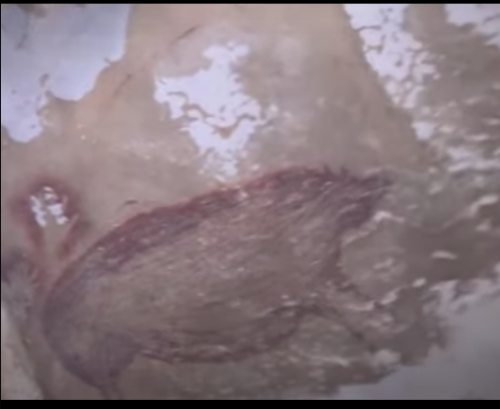
The 45,500-year-old painting of a wild boar is the oldest figurative work of art in the world

The place where this cave painting has been found, discovered by archaeologist Adam Brumm and a team of scientists from Griffith University, is part of a limestone karst valley that had remained unexplored until 2017, although it is very close to Makassar, the largest and most populous city in the region.


«The finding supports the hypothesis that the first Homo sapiens populations to settle in this area of Indonesia created artistic representations of animals and narrative scenes as part of their culture,» the article reads.
García-Diez agrees with Brumm and his team that these findings are changing the paradigm of rock art. «Everyone thought that the first works of art were in Europe, but the discovery of this wild boar confirms that the oldest and most documented figurative paintings are on the other side of the world, in those islands of Indonesia.»
García explains that the paintings of signs, points and lines that exist in Europe from approximately 60,000 years ago are not considered figurative art and were not made by Homo sapiens, but by an earlier species.
